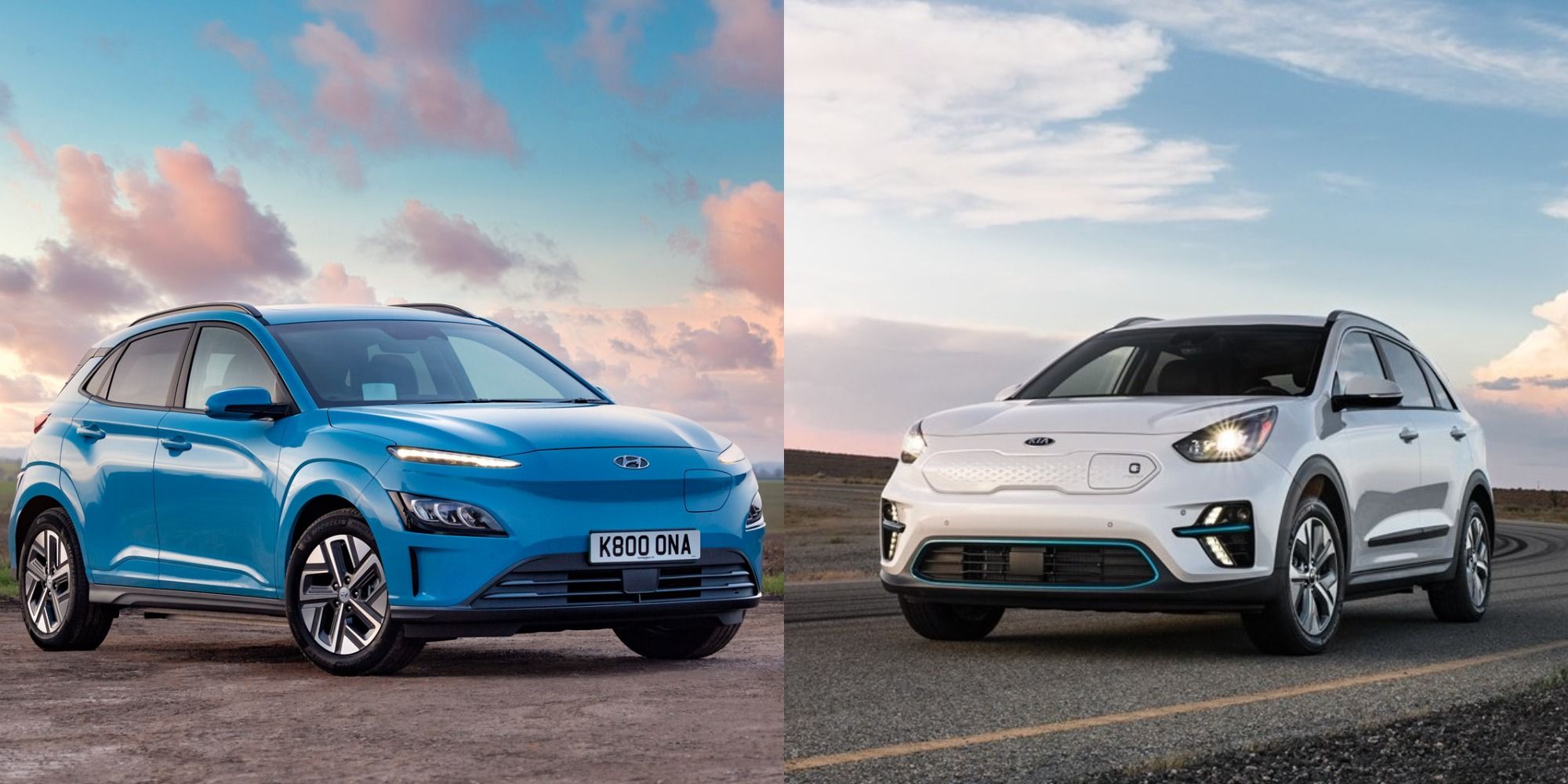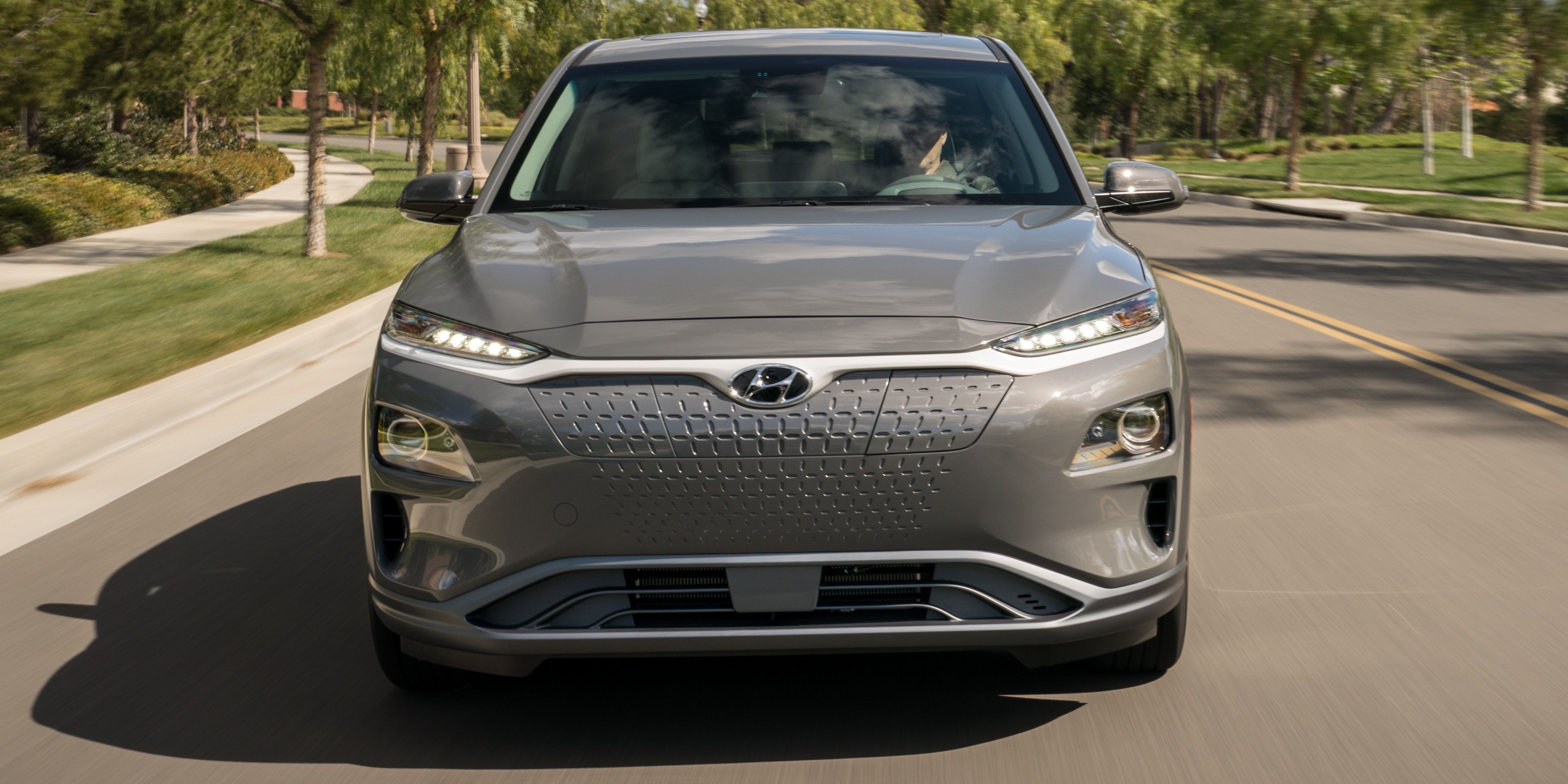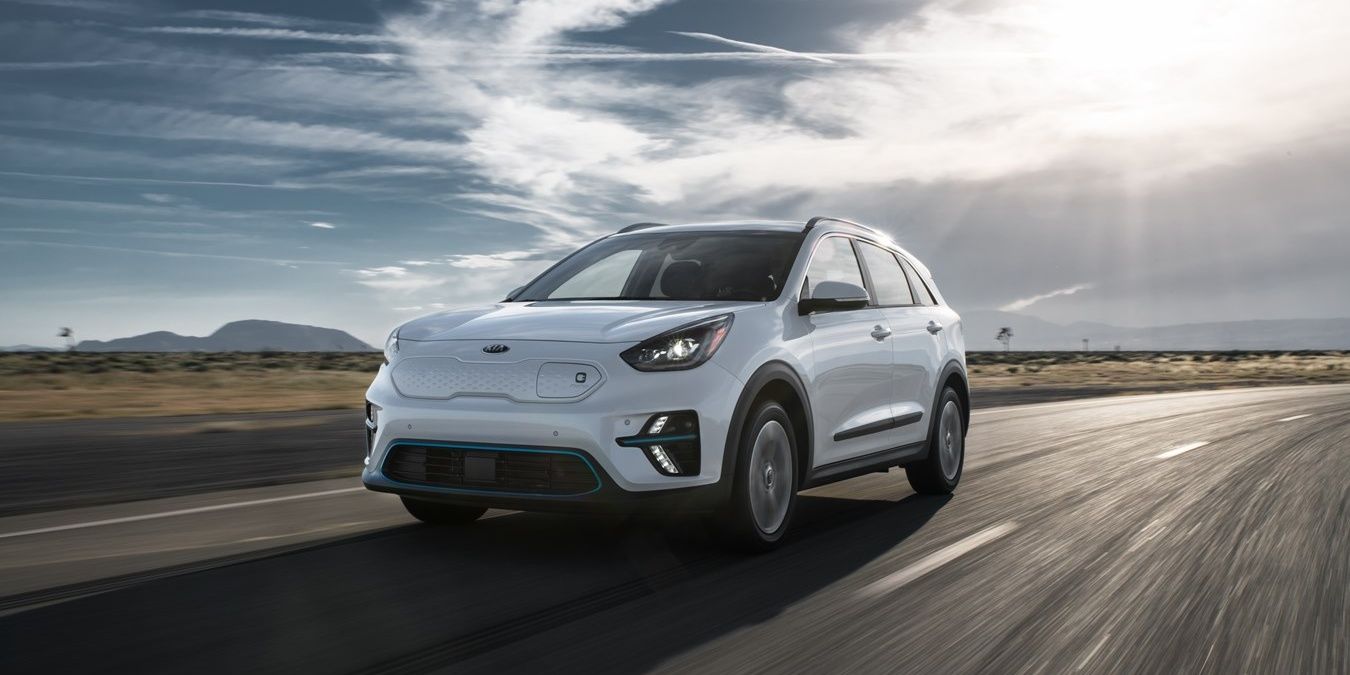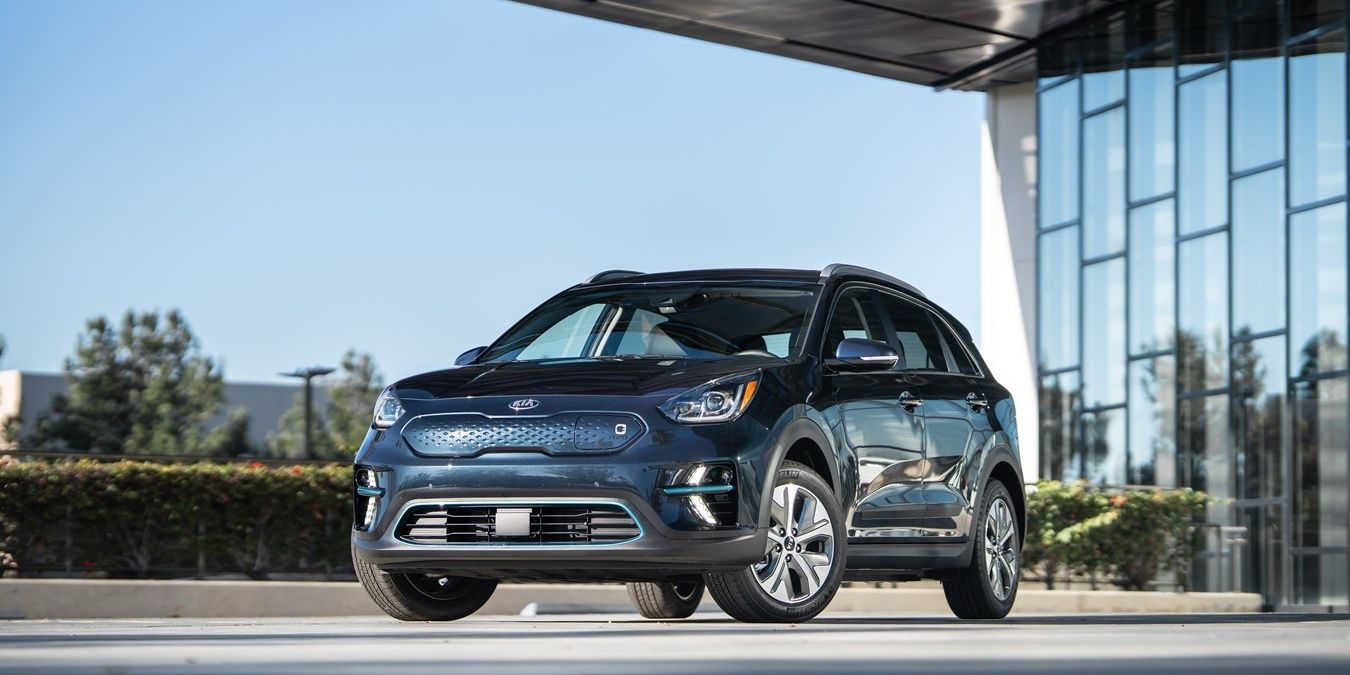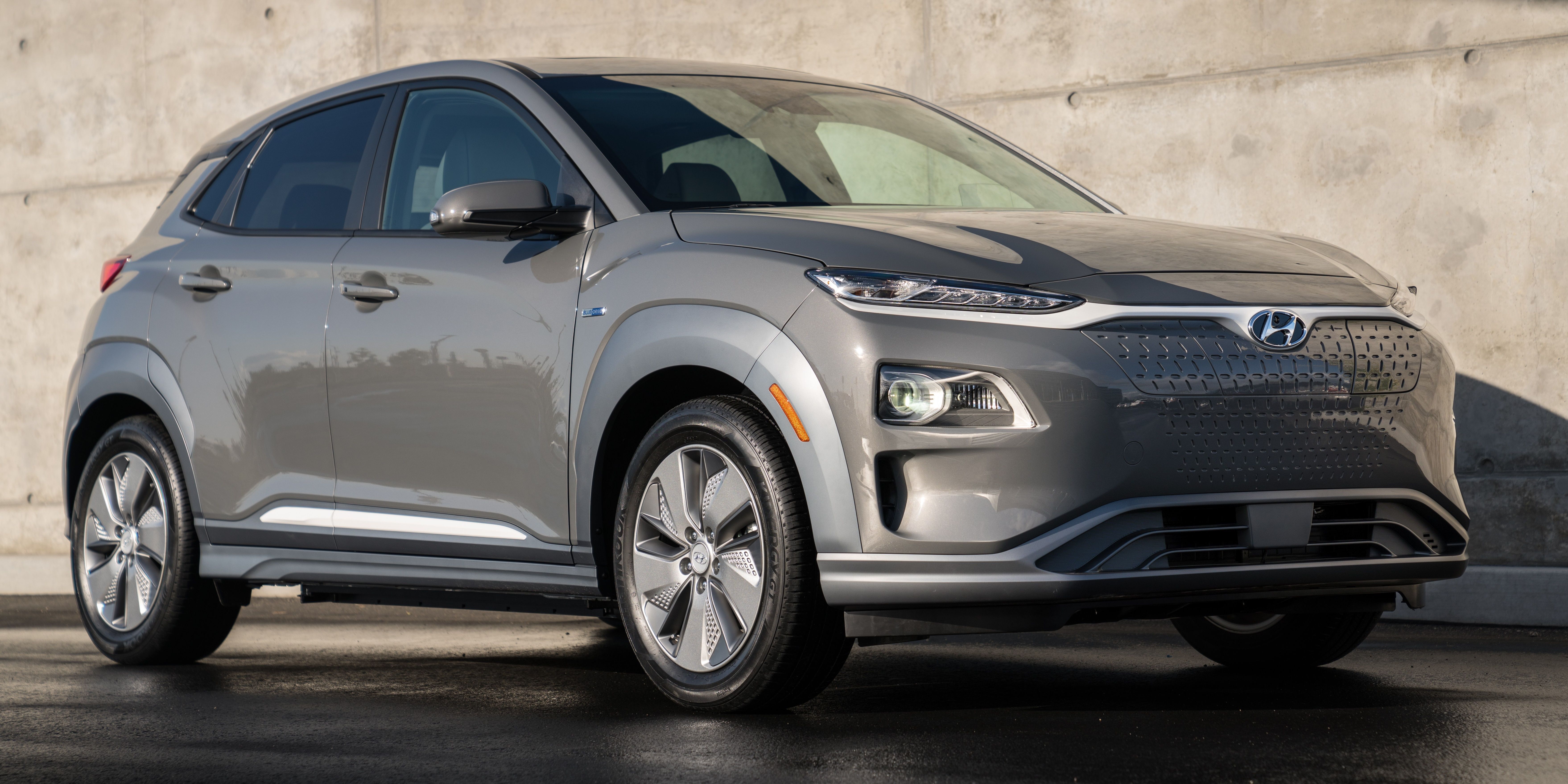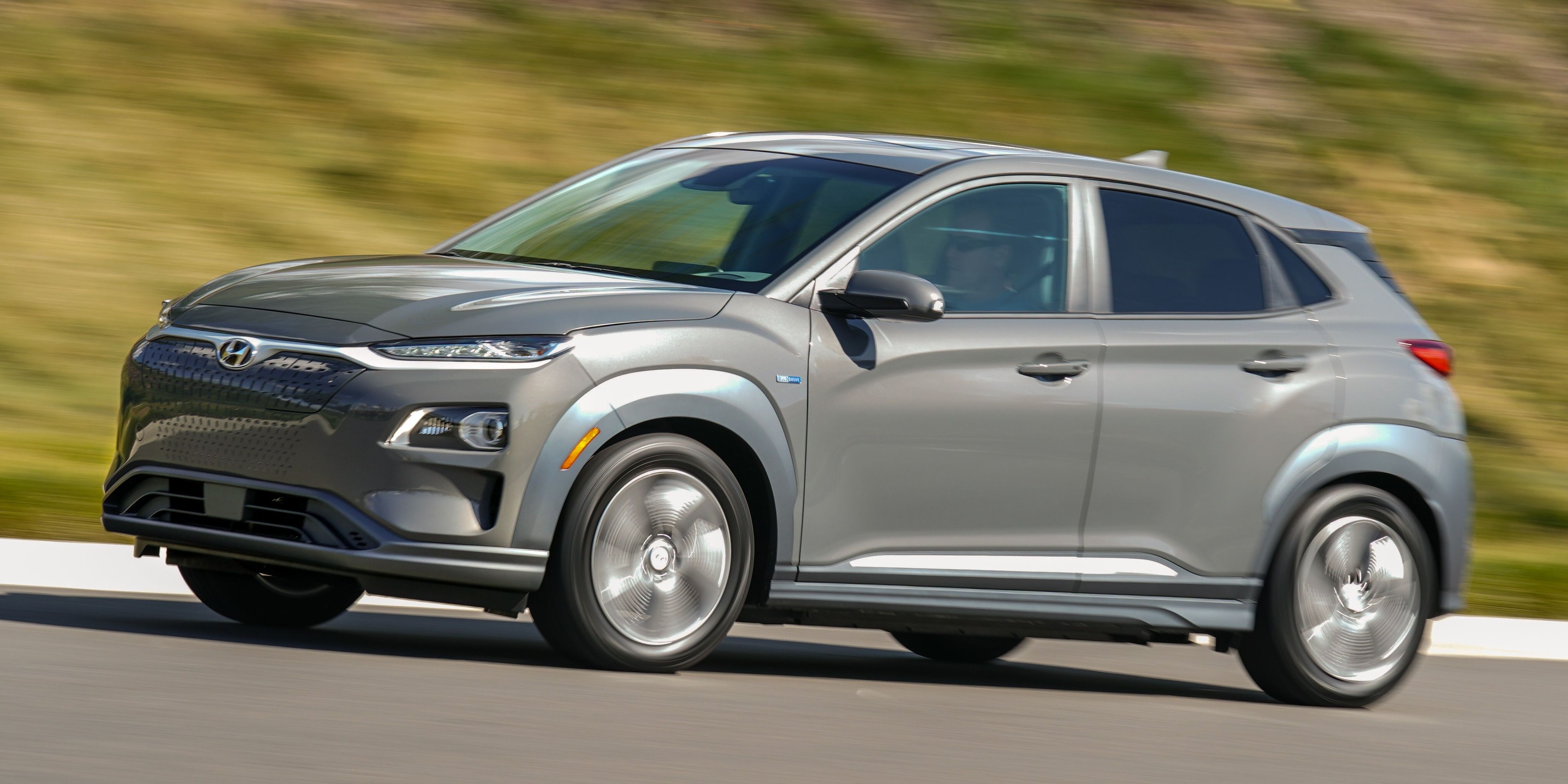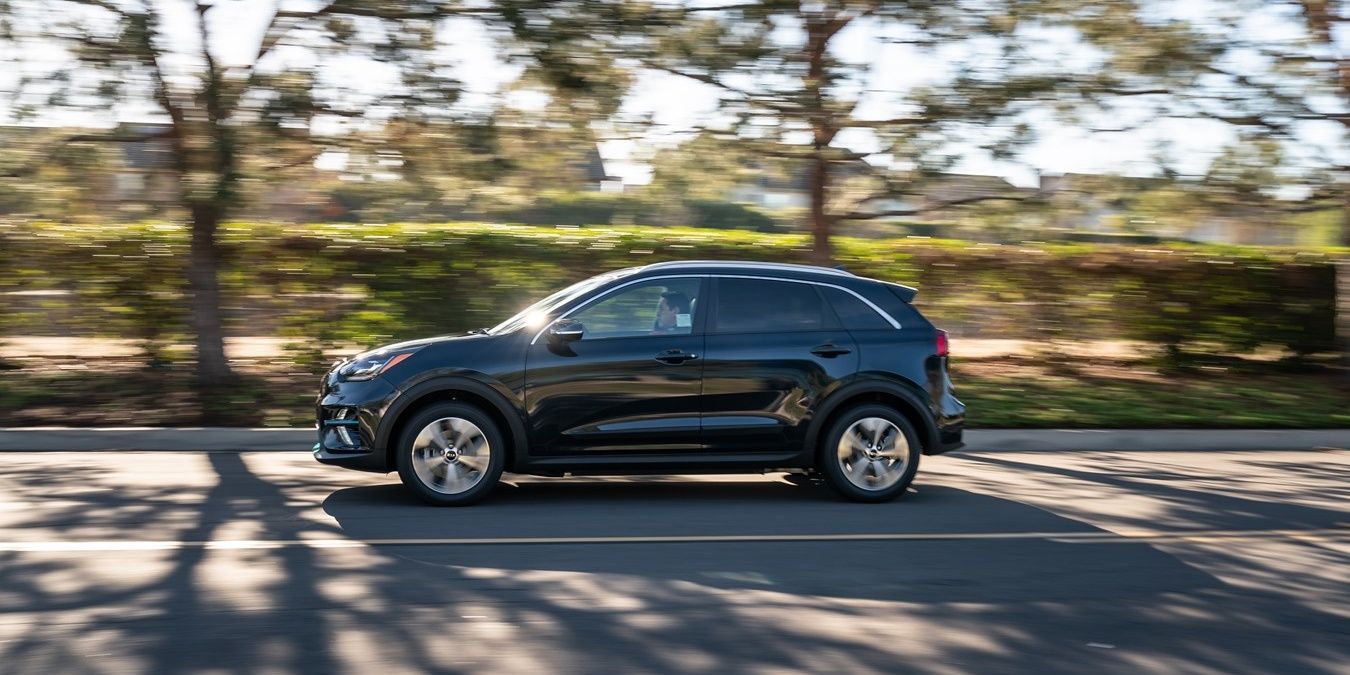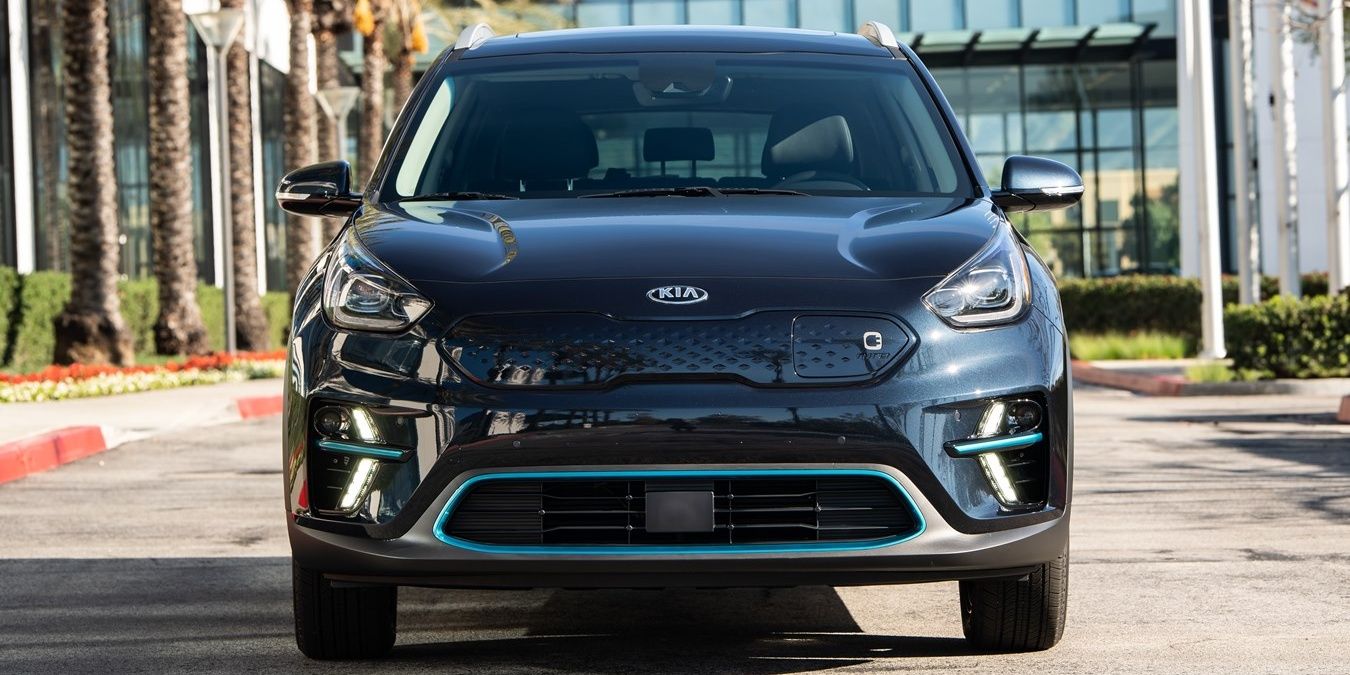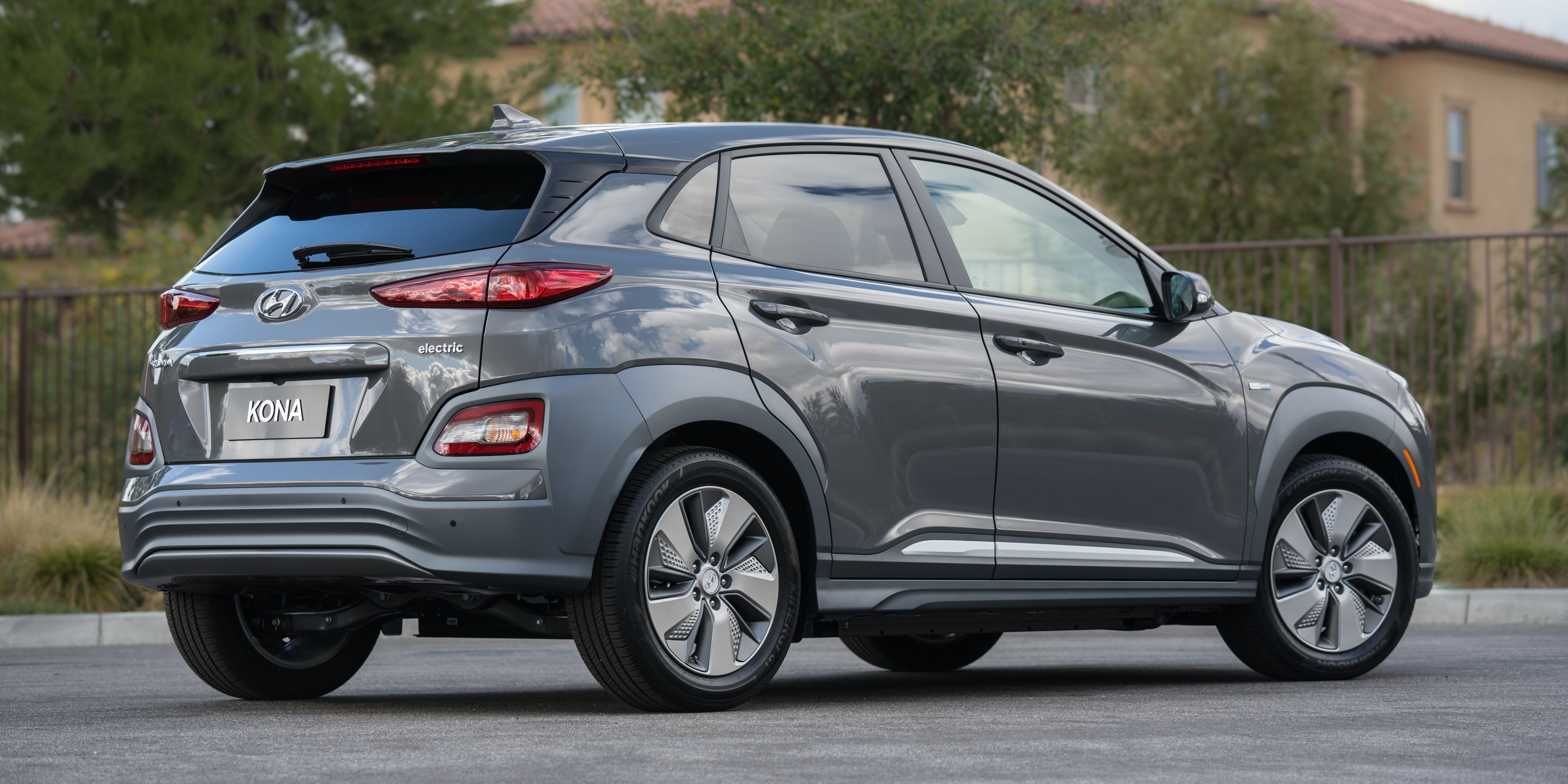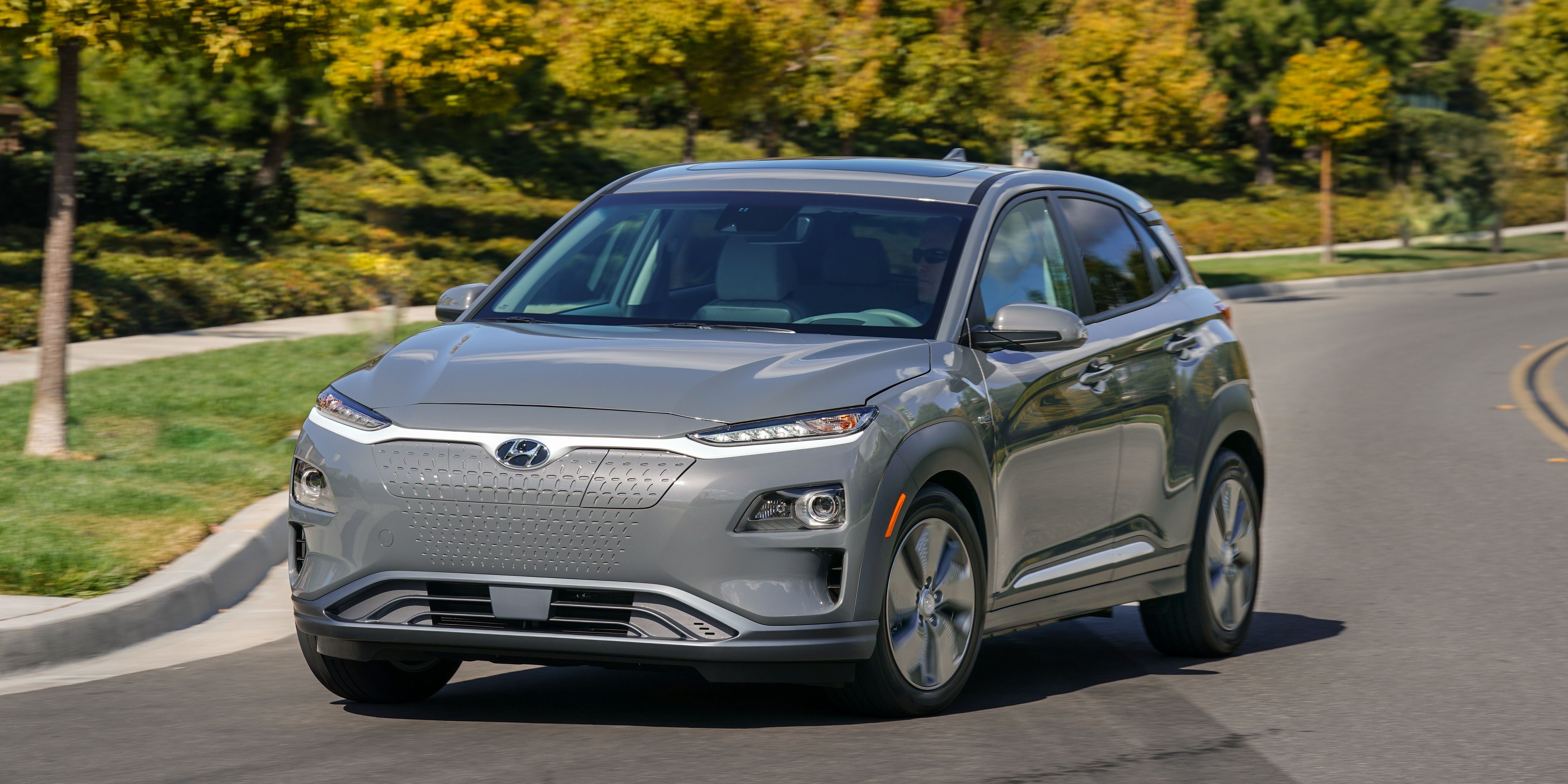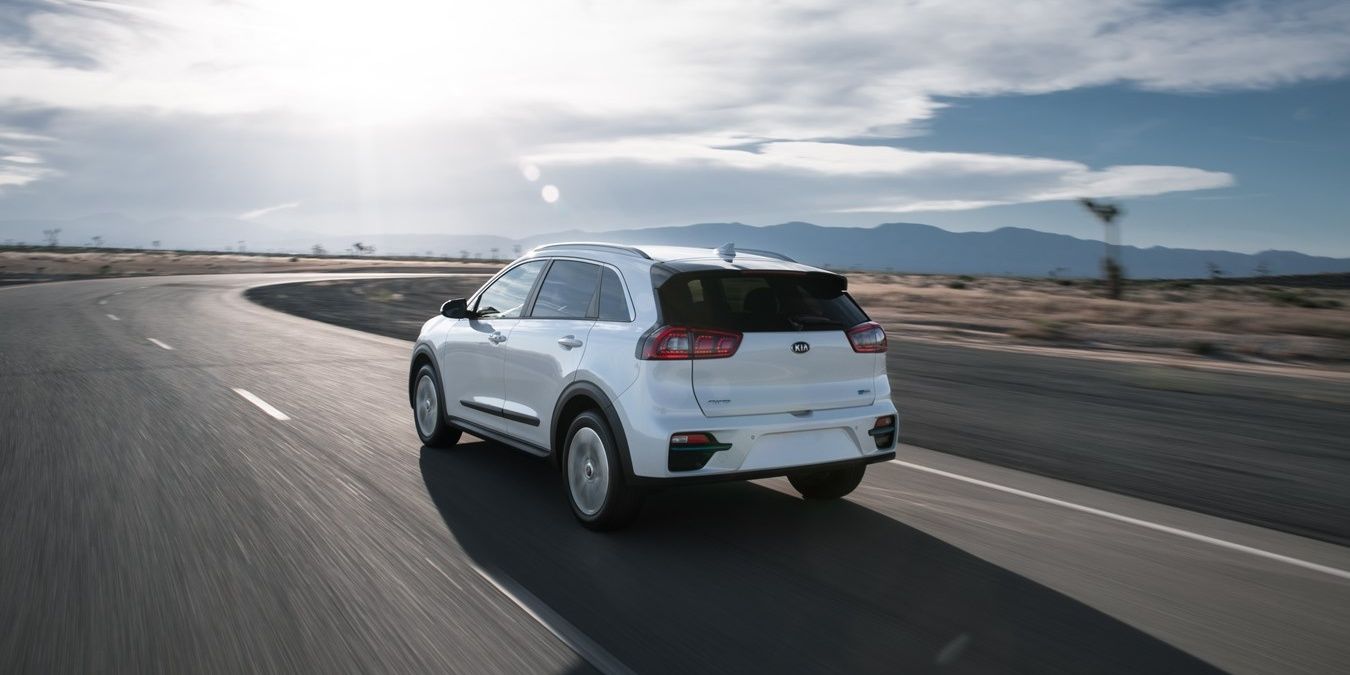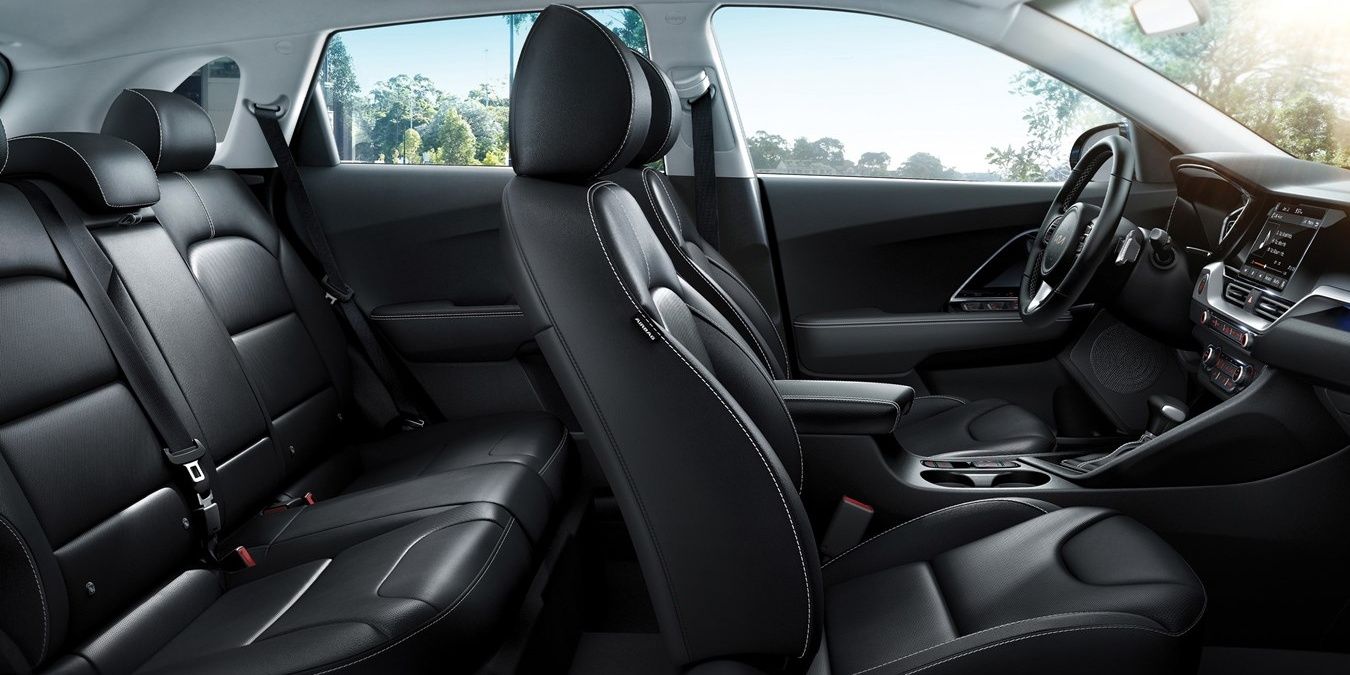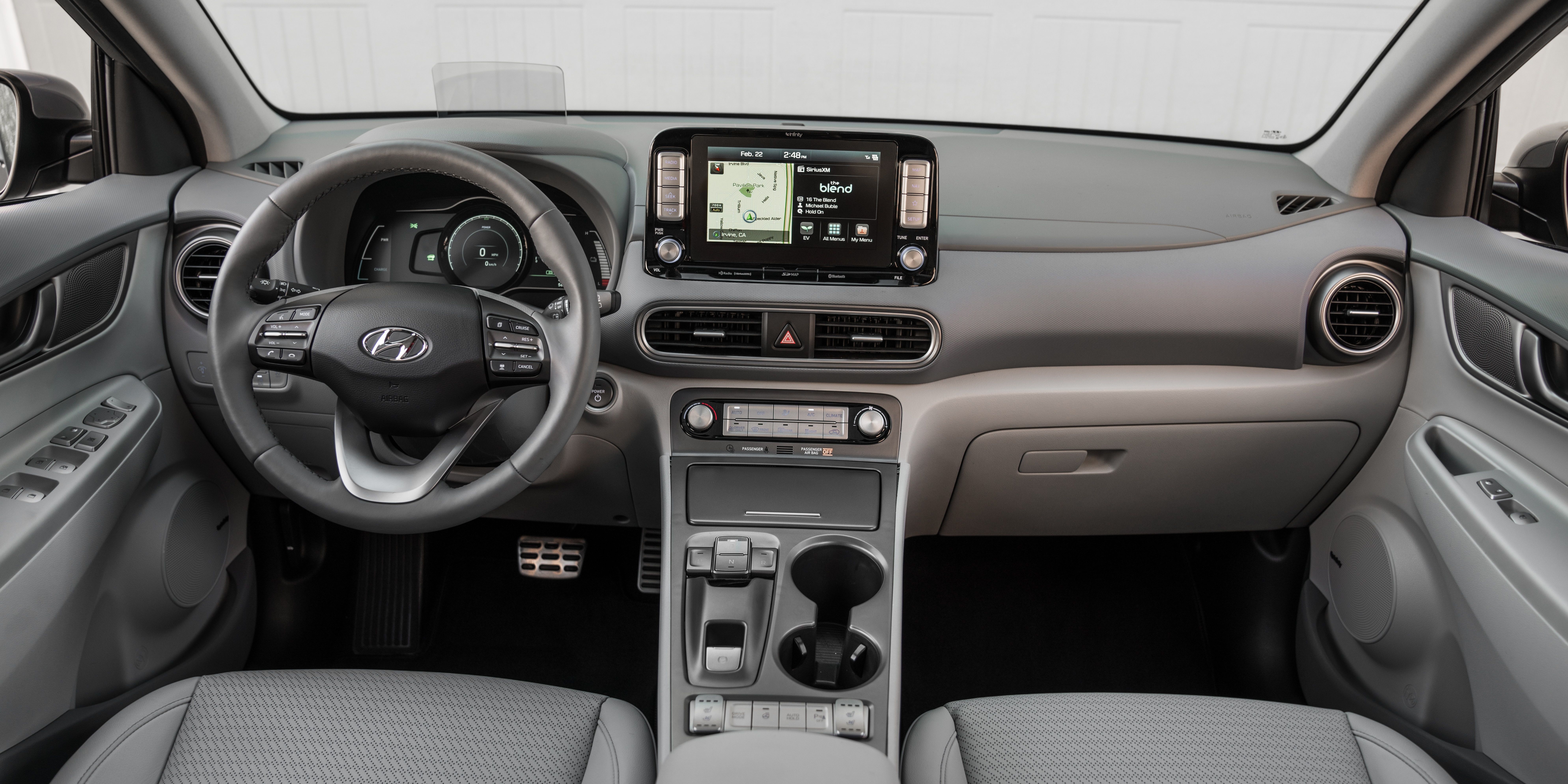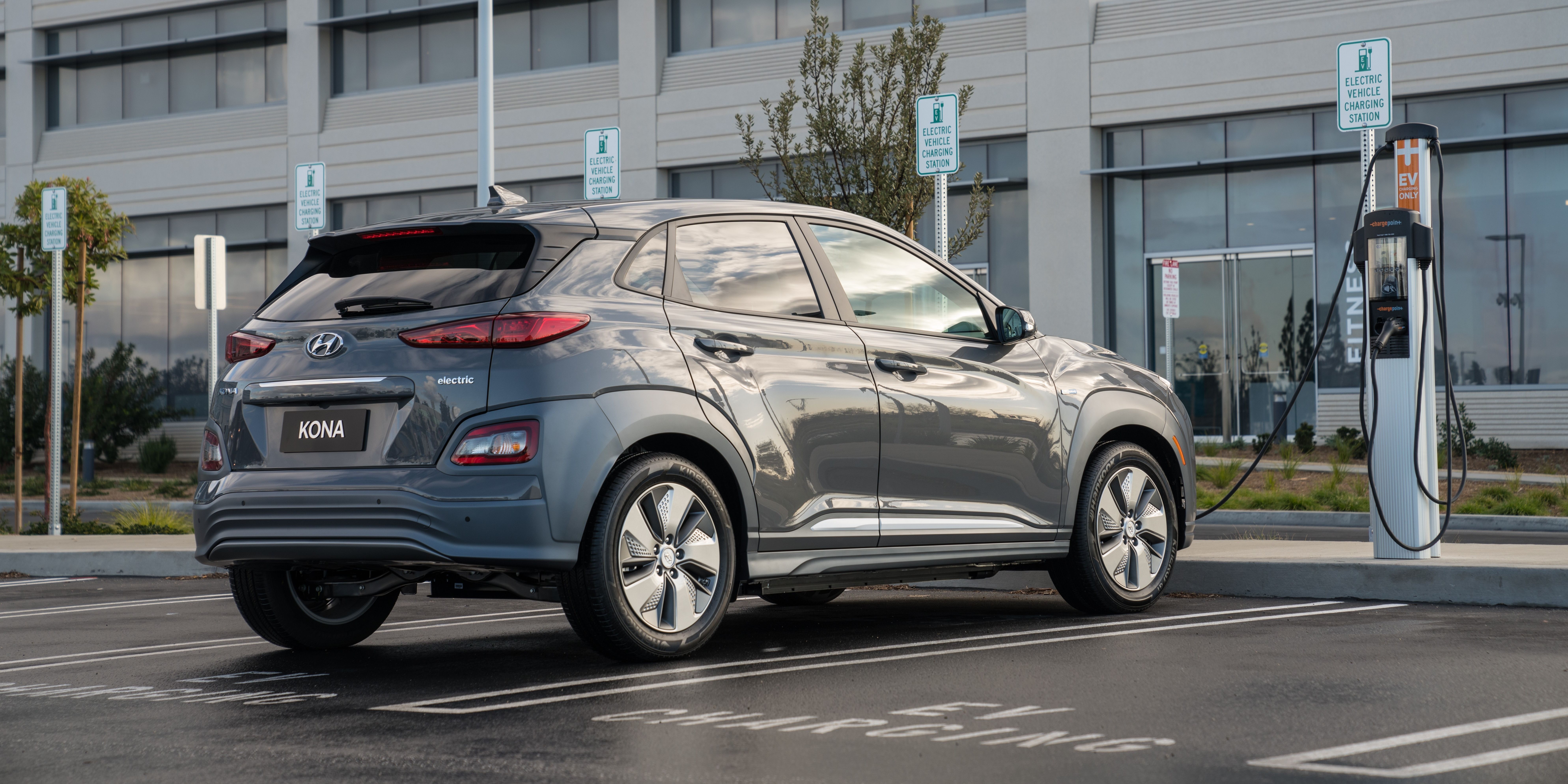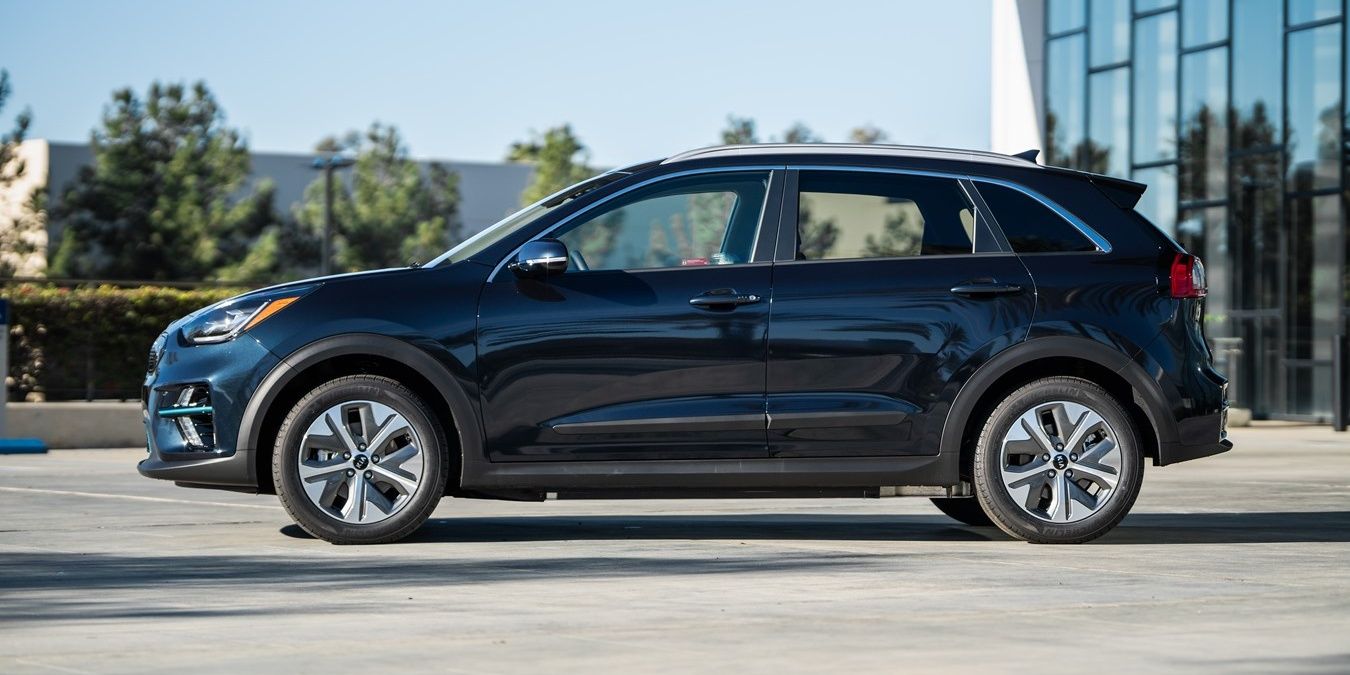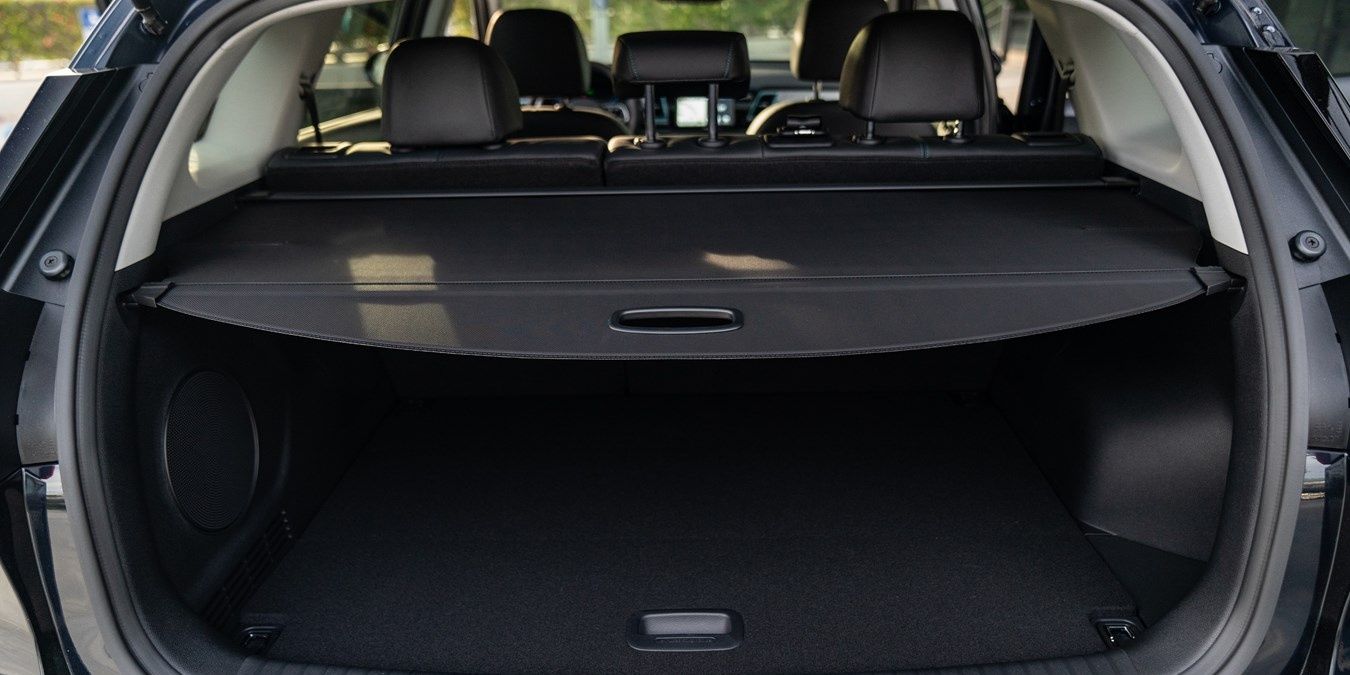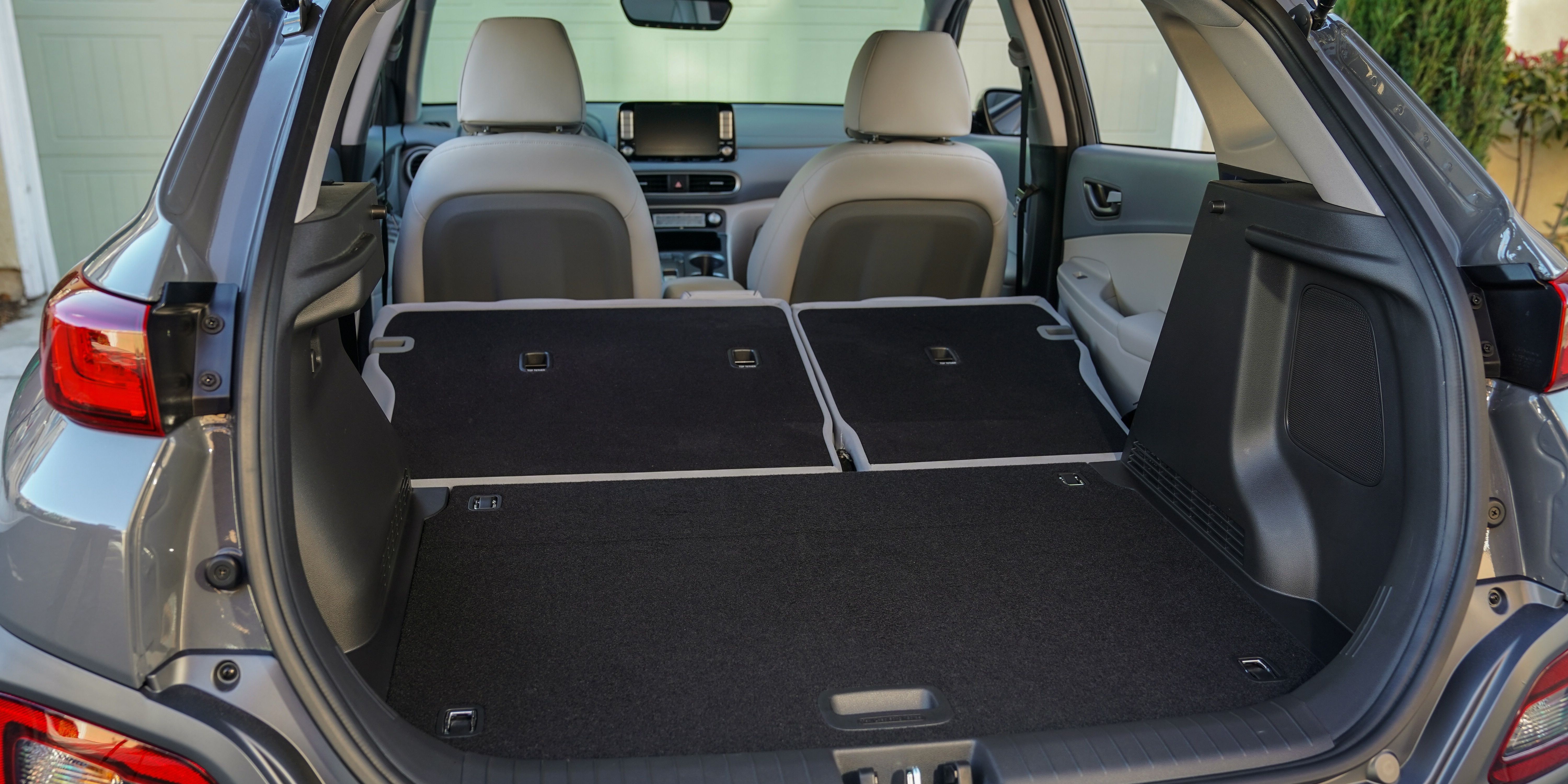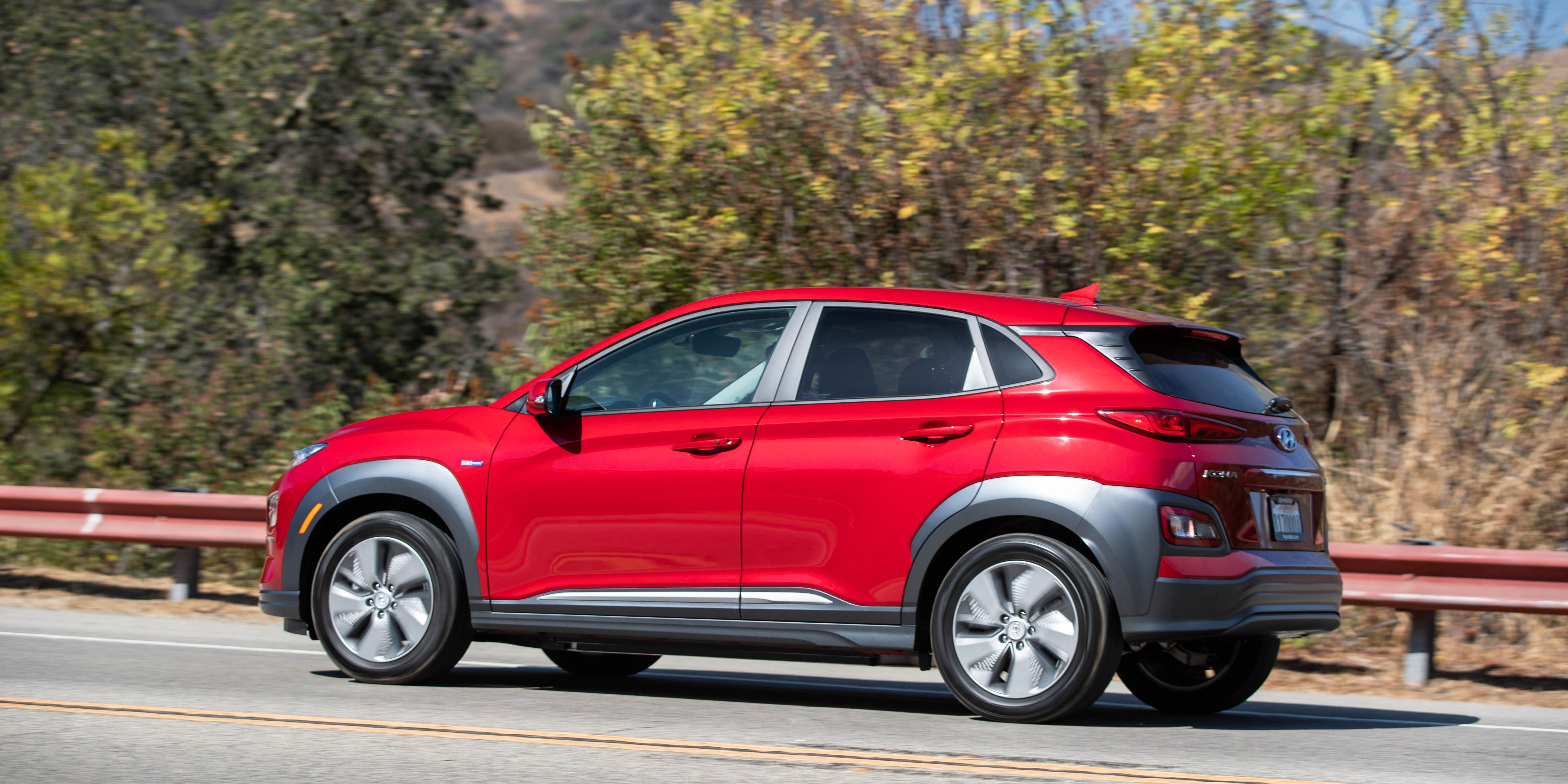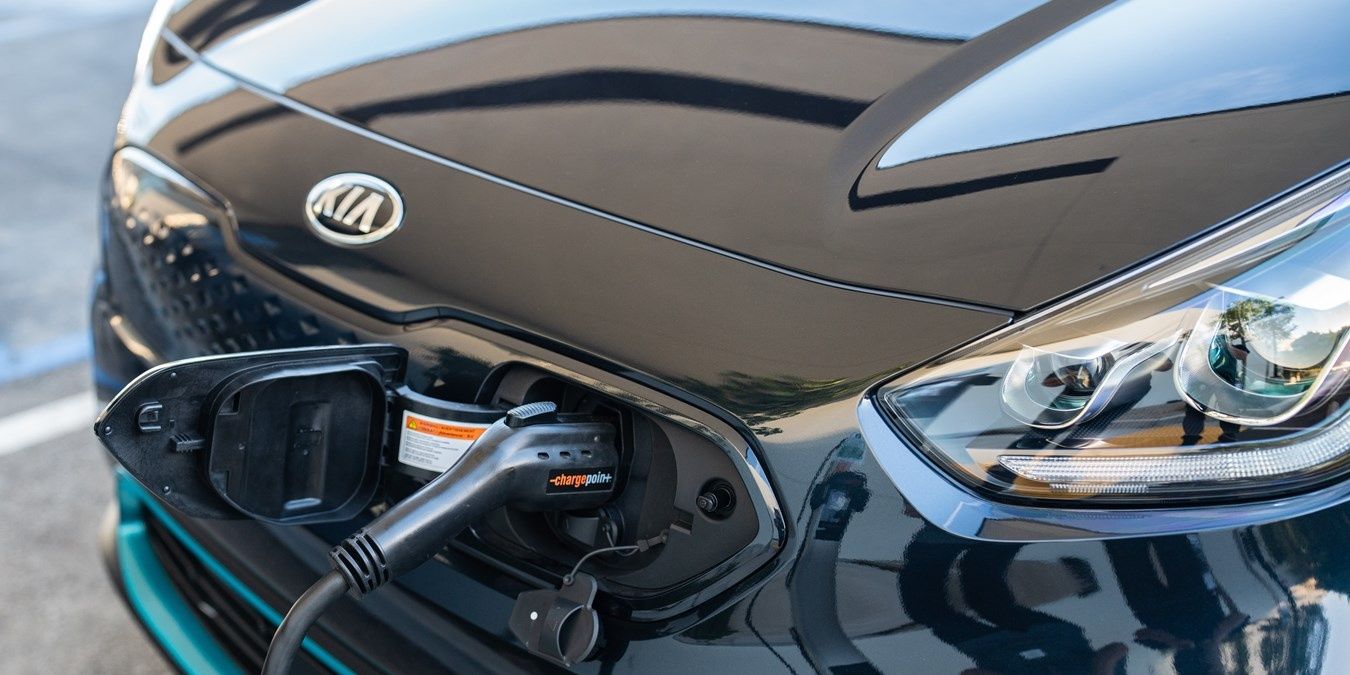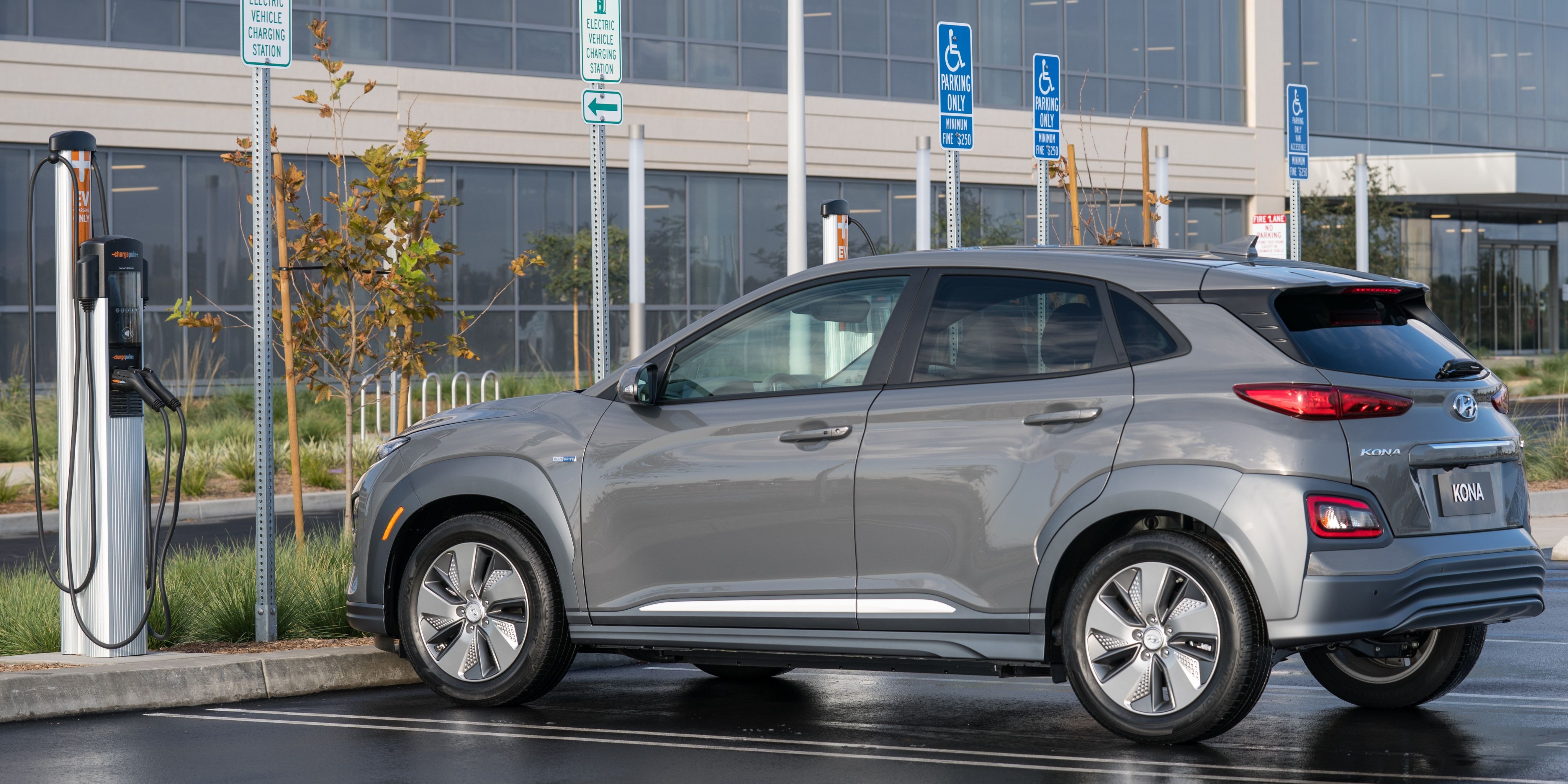South Korean automakers have been taking the market by storm in recent years, with first-class build quality and cars that are both fun and affordable. The two big players, Hyundai and Kia, are closely linked at a corporate level and share many common components. They've both recently launched electric crossovers, with Hyundai's being the Kona and Kia's being the Niro. They might look very similar at first glance, and they do indeed share a lot of the same features.
But, there's a bigger difference between the two EVs than many buyers might think. Both Hyundai's and Kia's design teams were given creative freedom on how best to approach the specifics of their cars, and there's a number of key differences between each. Both are undoubtedly great budget EVs but are targeted at slightly different audiences. To find out how they stack up against each other, let's break each car down on its key specs.
10 Pricing
Unsurprisingly, there's barely anything to choose between the two EVs here. Both come in at a little under $40,000 and both are eligible for a federal EV tax credit of up to $7,500. This pushes their true cost to somewhere in the $32-33,000 range.
Price is often a deciding factor among buyers looking for new cars, but in this case, the other features of each vehicle are much more important. Both cars broadly compare in price to their rivals like the base Tesla Model 3 and VW ID.4.
9 Design
A car's looks are always a subjective matter, but it seems Kia has gone for the more understated design of the two. The Niro's design is quite forgettable and would be easily lost in a sea of other crossovers, but it's the better option for those who want to drive a subtle EV.
The Kona on the other hand is louder and more obviously an EV. The Kona's split front headlights pull the car's design in line with other Hyundai models but they're a divisive style and could put some buyers off.
8 Electric Range
The range of each car is one key area where their differences start to become apparent. The Niro is EPA rated at 239 miles, which is average for EVs of its size. The slightly smaller Kona, however, has a greater range of 258 miles.
A difference of 20 miles isn't huge but it's significant enough to make the Kona a better option on long journeys. In terms of range depreciation over time, neither car has been out long enough to get a clear picture.
7 Acceleration And Braking
Considering they both sit in the budget end of the EV market, the Kona and Niro boast respectable acceleration times. The Kona goes from 0-60 in 7.1 seconds whereas the Niro takes just 6.9 seconds to reach the same speed.
According to WhatCar's on the road review, the Niro sports the better braking feel of the two, as the pedal feels more consistent and so drivers can brake smoother. It's also slightly quicker to brake from 70 to 30 mph, which can make all the difference in avoiding a collision.
6 Handling
The Kona feels slightly less planted to drive on the road, and it'll feel less refined on twistier roads thanks to its lower grip levels. The Niro is definitely the better handling of the two cars, with more precise steering, but at the cost of agility.
Neither car is going to be award winners in the handling category, but then that's not really the point of them. They're built as commuter vehicles for the daily grind, and for that purpose, they're both more than adequate.
5 Interior Space
As mentioned earlier, the Niro is slightly larger than the Kona, and this makes a noticeable difference in the interior. In the front seats, both are plenty spacious enough, with ample headroom for a six-foot adult and lots of legroom too.
The rear seats are where the big difference arrives, with the Niro boasting over 10 cm more legroom. It's not a huge difference, but it's enough to make the Niro the clear choice for drivers who need to take adult passengers in the rear of the car.
4 Safety Features
The safety features available in each car are another area where there's almost no difference between the two models. Both come as standard with Forward-Collision Avoidance Assist, Lane Assist, and child seat anchor points.
The Niro comes with one extra airbag over the Kona, but apart from that there's really no major distinctions to make. Both have strong safety ratings so drivers can have peace of mind that their loved ones will be safe in case an accident happens.
3 Trunk And Luggage Space
Thanks to its larger overall size, the Niro takes the win in the trunk space category. It's a noticeably larger trunk than the Kona, and it'll be the difference between fitting those last extra bags of luggage in or not.
There's not really a great deal to choose between the storage spaces available in each cabin though. Both come with sensible Korean design and enough places for coffee cups, keys, and other everyday items. The interior of the Niro also feels a little more premium, but only by a fraction.
2 Build Quality
Both manufacturers are highly rated by JD Power, the leading comparison survey for US cars. In 2020, Kia tied for the top spot overall for overall initial quality, and Hyundai was only a few places behind.
It's worth noting that the Hyundai Kona has been subject to a recent recall due to a fire risk with its batteries. The Kona's batteries are manufactured by LG, whereas the Kia Niro uses a different manufacturer, SK Innovation. As of yet, there have been no reports of any issues with the Niro's batteries.
1 Charging
Because of that difference in battery suppliers, there's a notable difference in fast charging capabilities, too. Hyundai reports that the Kona can charge from 0-80% in around 54 minutes at a 100Kw fast-charging station. For the Niro, these times seem to be unclear.
Dutch charging network Fastned has released a graph that seems to show the Kia Niro slowing its fast-charging capacity significantly once the battery reaches higher levels of charge. It's unclear exactly why this happens, but it seems that for guaranteed faster charging, the Kona is the EV to have.

